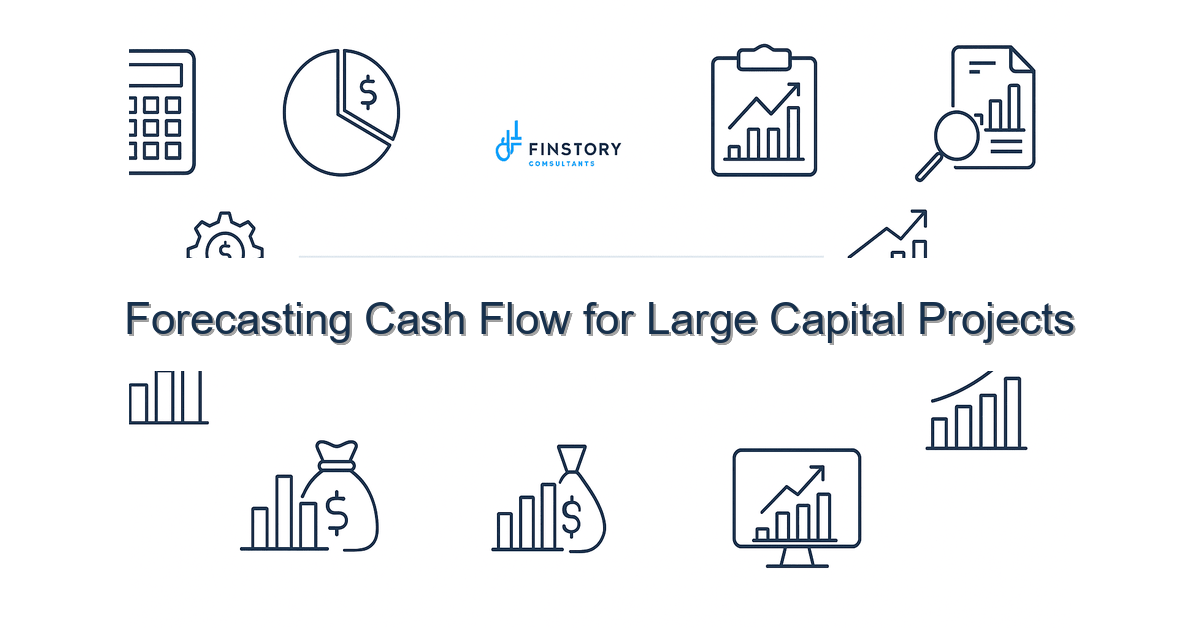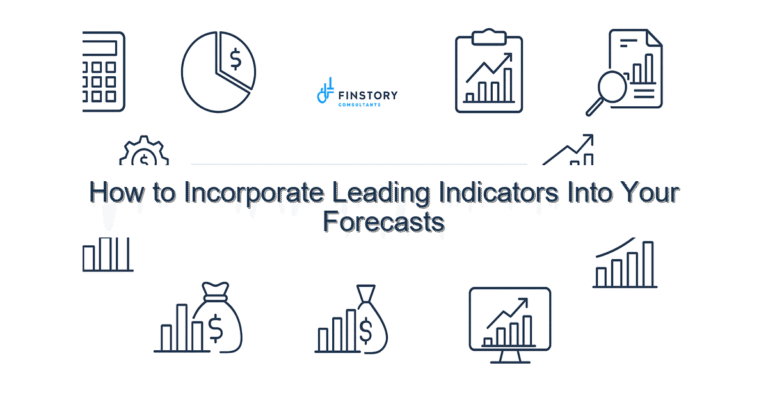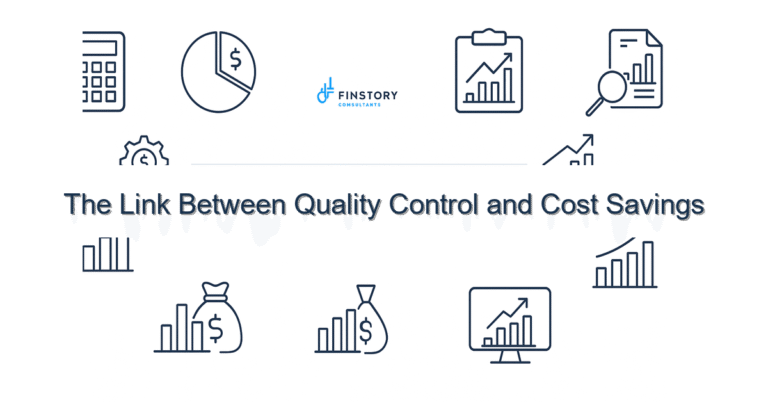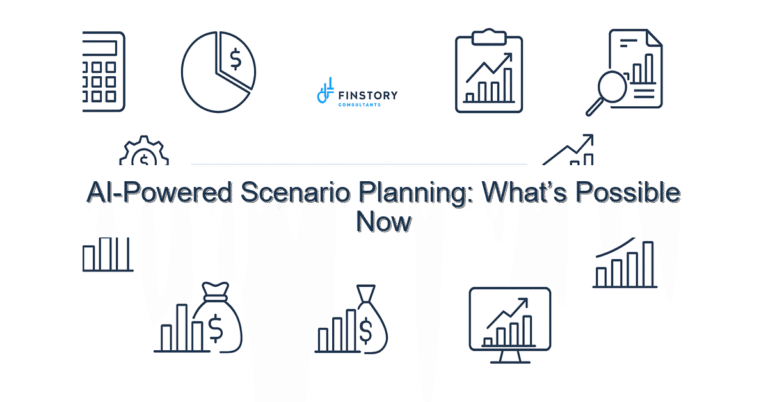Forecasting Cash Flow for Large Capital Projects
Large capital projects in healthcare feel like steering a ship through fog. You know the destination—a new wing, updated imaging fleet, or a campus refresh—but the cash flow path is full of hidden shoals.
Summary: Accurate cash-flow forecasting for capital projects turns uncertainty into a decision tool: you’ll know when to draw debt, defer spend, or accelerate billing so operations stay funded without surprises.
What’s the real problem?
Hospitals and health systems juggle complex schedules, multiple vendors, and tight operating margins. Capital projects magnify small timing mismatches into large liquidity events. Finance teams can model costs perfectly on paper, yet still run short because payments, retainage, and change orders don’t behave like neat line items.
- Late vendor invoices and holdbacks that arrive after draw schedules are set.
- Construction or equipment delays that shift payments into months with already-tight cash.
- Siloed teams—clinical, facilities, procurement—working on different timelines.
- Leadership asking for quick decisions with limited visibility into near-term cash impact.
What leaders get wrong
Leaders often assume cash forecasting is just an extension of the capital budget. It isn’t. The budget says what you plan to spend. Cash forecasting says when money must be available.
Common pitfalls:
- Relying on monthly accrual reports and trusting they reflect payment timing.
- Underestimating the effect of retainage, bonds, and milestone-based payments on monthly outflows.
- Letting procurement or construction teams own schedule updates without linking changes to the finance model in real time.
A better approach
Shift from retrospective reporting to forward-looking cash operations. That means frequent updates, scenario testing, and clear ownership for triggers that change cash needs.
Three-step framework:
- Break the budget into cash events: Convert line items into dated cash events—what gets paid and when, including retainage, mobilization, and equipment shipping.
- Establish a rolling cash calendar: Maintain a 90–180 day rolling view that’s updated weekly. Focus on near-term liquidity, not just annual totals.
- Run scenario triggers: Create simple rules (e.g., 2-week delay in equipment delivery) and see the cash impact immediately. Tie scenarios to decisions—defer scope, accelerate billing, or pull a bridge loan.
Real-world note: a mid-size health system I worked with discovered a recurring $2M monthly gap caused by staggered vendor retainage releases. Once they modeled retainage as dated cash events and negotiated a phased release tied to inspection certificates, they smoothed monthly cash and avoided a short-term line draw.
Quick implementation checklist
- List all capital projects and their current phase (planning, bid, construction, commissioning).
- For each project, convert budget lines into dated cash events for the next 12 months.
- Identify top 10 cash-impact items per project (mobilization, long-lead equipment, milestones, retainage).
- Set a weekly rolling-cash update meeting with finance, procurement, and project managers.
- Define 3 scenario triggers (2-week delay, 10% cost overrun, early completion) and model outcomes.
- Map funding sources to months—tax-exempt bonds, cash reserves, construction loans—and note covenants or timing limits.
- Create dashboard views for leadership: 90-day cash runway, projected peak draw, and mitigation actions.
- Negotiate vendor payment terms and milestone-based releases where possible.
- Document a single owner for cash-forecast updates per project.
What success looks like
- Forecast accuracy within ±5% for 90-day cash projections.
- Reduction of unplanned short-term borrowing by 60% in the first year.
- Time to refresh the rolling cash forecast reduced from days to under 4 hours per week.
- Leadership confidence: decisions on scope or timing occur before cash crises, not during them.
- Measurable ROI: lower interest expense and fewer change-order-related cash crunches, typically paying back process changes within 6–12 months.
Risks & how to manage them
The top three risks and practical mitigations:
- Risk: Forecasts become stale quickly. Mitigation: Weekly rolling updates and a named owner per project responsible for inputs.
- Risk: Data gaps across teams. Mitigation: Standardize a minimal data set (next invoice date, percent complete, retainage %) and require updates before weekly reviews.
- Risk: Overconfidence in optimistic scenarios. Mitigation: Always model a conservative and a stress case and tie decision thresholds to those cases (e.g., if stress-case shortfall > $X, trigger contingency plan).
Tools & data
Use the tools that match your team’s maturity. Finance automation to ingest AP and contract data reduces manual entry. Power BI or another visualization layer turns the rolling cash numbers into a leadership-ready story.
- Automate AP and contract feeds so invoice dates and retainage flow into the cash model.
- Use Power BI for dashboards: 90-day runway, vendor concentration, and scenario comparisons for the CFO and COO.
- Keep a simple leadership report—one page—that shows cash runway, top three risks, and recommended actions for the week.
Next steps
Want to move from reactive firefighting to proactive cash management? Start by mapping one project end-to-end: convert its budget into dated cash events and run three scenarios. If that exercise highlights gaps, you’ll know where to focus automation and process change.
Reach out to Finstory for a short diagnostic—30 minutes on the phone—to review a single project’s cash profile. We’ll show you the hidden timing risks and quick wins in that one call.
Work with Finstory. If you want this done right—tailored to your operations—we’ll map the process, stand up the dashboards, and train your team. Let’s talk about your goals.
📞 Ready to take the next step?
Book a 20-min call with our experts and see how we can help your team move faster.
Prefer email or phone? Write to info@finstory.net
or call +91 44-45811170.






